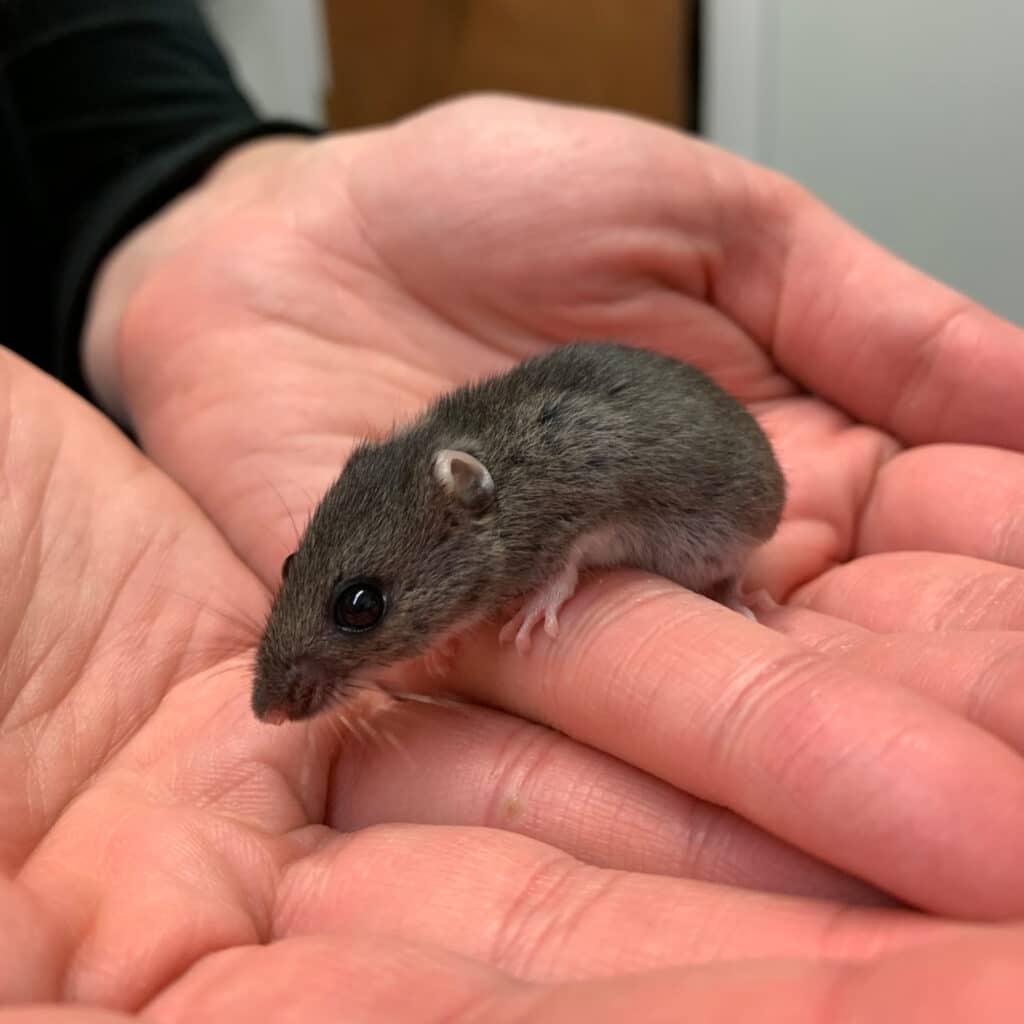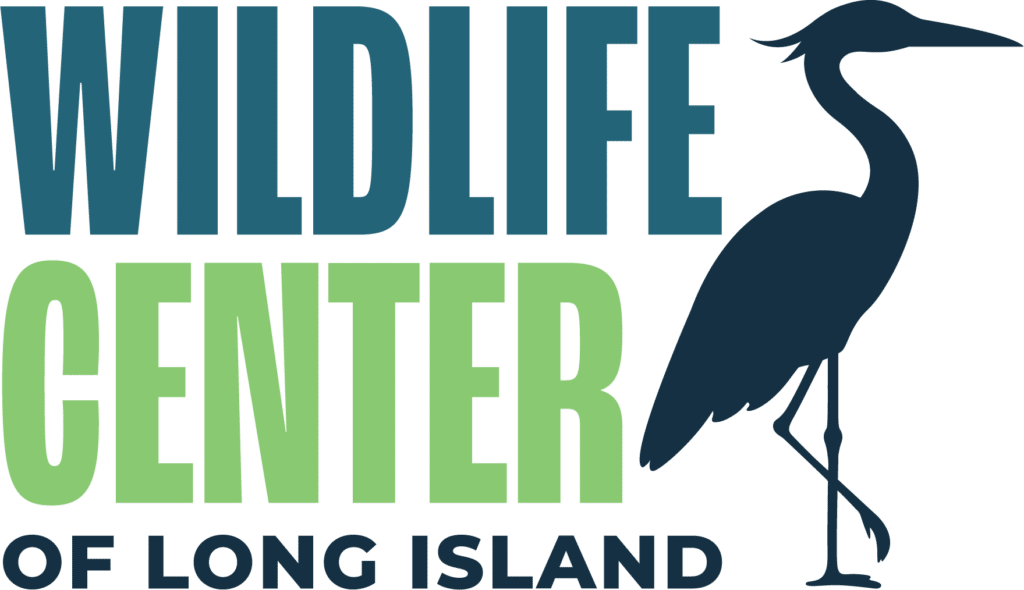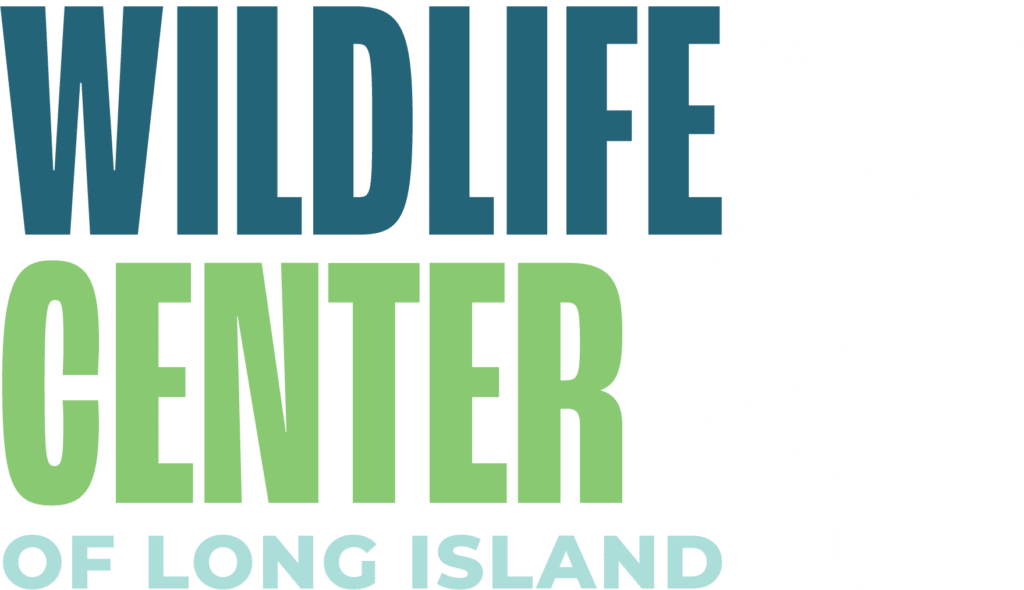Baby Season Raffle
It’s officially spring which means wildlife baby season has begun! Our wildlife hotline will be off the hook with calls about vulnerable baby animals that need our help. You can help us help them this season by participating in our raffle!
Click the button below for more information & to purchase tickets.
Update: Baby Season Raffle Tickets No Longer Available
Upcoming Events

Join us at the
Town of Oyster Bay’s
Spring Harbor Cleanup & Marine Education Expo
Saturday April 13th
9am-12pm
Theodore Roosevelt Memorial Park in Oyster Bay
This 3rd annual event features environmental organizations and scout troops. Learn about marine ecology, environmental responsibility, and how to mitigate the harmful impacts humans have on wildlife and the environment. This event is free and open to children & adults of all ages!
Animal Ambassadors

Daisy the Mouse
While many of our wildlife ambassadors are large raptors, we also have a few small mammals! Regardless of size, each ambassador animal has the potential to make a big impact and teach people about their unique species and why it’s important to protect our native wildlife.
Born in a nest in a backyard barbecue grill, Daisy the White-footed Mouse was badly burned when she was just a small infant in the nest. The burns resulted in the loss of Daisy’s external ears, toe tips, and the tip of her tail. Due to the loss of her external ears, Daisy’s ability to hear was impacted and she likely wound not have survived back in the wild. Daisy was given permanent sanctuary at our center and joined our team of ambassador animals.
At the very old age of almost 4 years, Daisy recently passed away. Through educational programming, she helped us teach many people the importance of respect & appreciation for all wildlife!
Patient Spotlight

Snowy Owl – A Rare Winter Visitor
Snowy Owls live & breed in the far north regions of the Arctic tundra. Unlike most owls that are nocturnal, Snowy Owls are mostly diurnal and active during the day. Their prey includes lemmings, mice, hares, ducks, and seabirds. How do these birds survive in the frigid temperatures of the Arctic? Snowy Owls have dense and insulating body feathers and thick feathers covering their feet. These birds conserve their energy and fly only when absolutely necessary. They share their unique environment with Arctic Foxes, Arctic Hares, Reindeer, and Polar Bears. Every few years, Snow Owls visit Long Island in the winter months and we have the unique opportunity to see these majestic birds.


